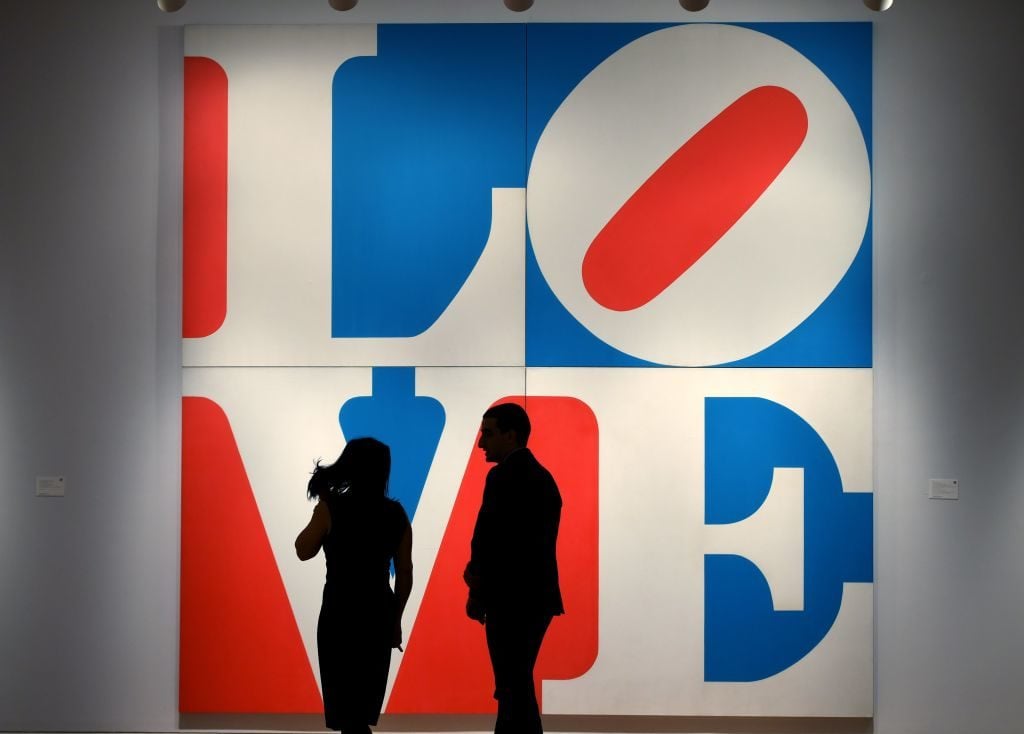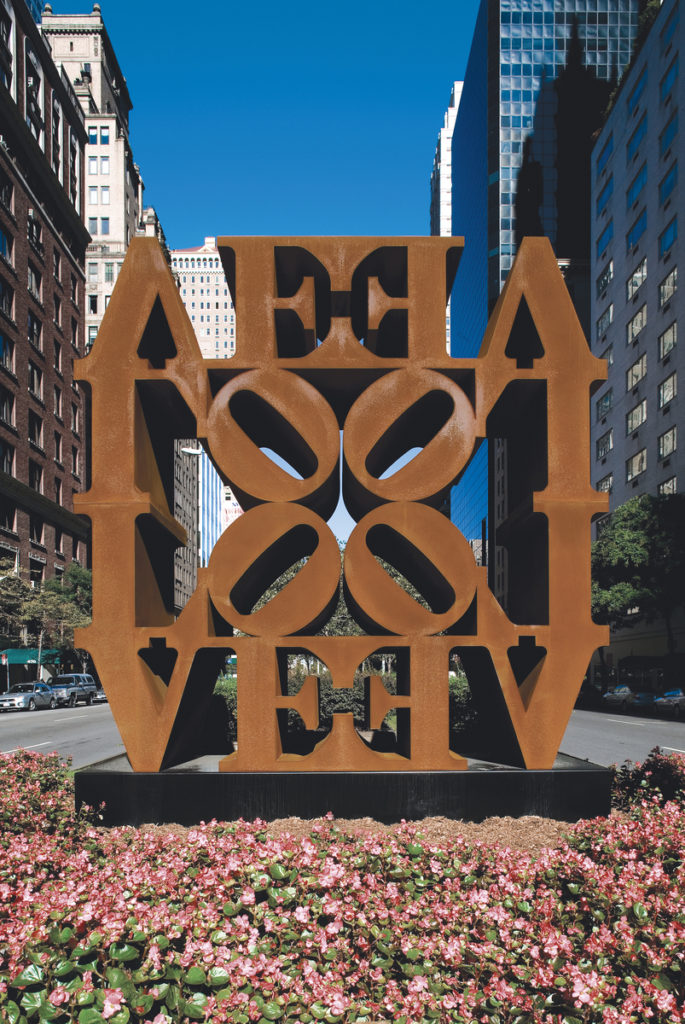Law & Politics
Robert Indiana’s Longtime Representative Gets the Upper Hand in a Bitter Legal Battle for Control of His Work and Legacy
The stakes are high in this battle over the rights to tens of millions of dollars' worth of art.

The stakes are high in this battle over the rights to tens of millions of dollars' worth of art.

Eileen Kinsella

A federal judge has issued a ruling in an extraordinarily complicated and bitter multi-party legal fight over the rights to iconic Pop artist Robert Indiana’s intellectual property and other assets. The decision, issued on July 1, largely dismisses a case brought by the artist’s estate against the Morgan Art Foundation, his longtime representative.
The dispute began in May 2018, one day before Indiana’s death, when the Morgan Art Foundation filed a complaint against art dealer Michael McKenzie; his company American Image Art (AIA); Jamie Thomas, Indiana’s caretaker in Vinalhaven, Maine; and Maine-based attorney James W. Brannan, the estate’s representative.
The Morgan Art Foundation, a for-profit entity, argued that McKenzie and Thomas had conspired to produce unauthorized works under Indiana’s name and in the style of his famous LOVE sculpture. In response, AIA countered with a suit arguing that the Morgan had not properly compensated Indiana for sales of his work and had unfairly interfered with its business.
Although the Morgan named multiple parties as defendants in its suit, they have not responded together as a unified group. Some responses include counterclaims, requests to halt the suit, or petitions to force the Morgan Art Foundation to put up preliminary payments they allege are warranted. With a few exceptions, the judge largely dismissed these counterclaims.
“The estate has repeatedly and recklessly claimed that Morgan Art Foundation underpaid Indiana,” the Morgan Art Foundation’s attorney, Luke Nikas, told artnet News. “This is precisely the outcome that should be expected when an estate that knows virtually nothing about the artist or his art tries to rewrite history.”

Robert Indiana, LOVE WALL (1966–2006). Installation view, Park Avenue and 57th Street, New York, Spring, 2008. Photo courtesy of Christopher Burke Studio. Artwork ©2017 Morgan Art Foundation/Artists Rights Society (ARS), New York.
In the year since the artist’s death, the legal wrangling has gotten ugly, with each side accusing the other of mistreating the ailing artist in an effort to line their own pockets. In January, the New York Times published text messages between Thomas, Indiana’s caretaker, and McKenzie, of the company AIA, in which they discussed which new words might be best suited to the “LOVE” treatment, seemingly without much direct input from Indiana himself.
Among AIA’s claims denied by Judge Torres were its request to halt the Morgan lawsuit until a court could resolve the dispute between Morgan and Indiana’s estate; a demand for the Morgan Art Foundation to post a $500,000 bond payment; and a counterclaim from the estate alleging the Morgan had failed to properly account for or pay Indiana royalties under a longstanding agreement, first signed in the late 1990s, regarding a series of works related to LOVE. The judge ruled that “these vague allegations are insufficient to state a claim for breach of contract.”
She also dismissed additional claims against the Morgan concerning the unauthorized operation of a Robert Indiana-domained website and others related to the Morgan’s plan to create a catalogue raisonné of Indiana’s work. Furthermore, the judge dismissed AIA’s claims of slander and unfair competition (except for one claim relating to a comment Morgan made to the Contini Art Gallery) and counterclaims brought by AIA against Indiana’s former caretaker, Thomas.
She did, however, make an allowance for one aspect of the estate’s claim: that the Morgan Foundation made unauthorized reproductions of certain LOVE sculptures in semi-precious stone.
Nikas maintains that “Morgan had a contract with Indiana that covered these works, and [Morgan advisor] Simon Salama-Caro spoke repeatedly with Indiana about them. We even have photographs of Indiana himself with one of these sculptures in his home; he owned it and proudly displayed it. We expect to prevail on this claim, and the few remaining issues, once the court is permitted to consider the facts.”
According to papers filed immediately after the July 1 decision, McKenzie’s attorney Raymond Dowd withdrew from the case over “irreconcilable differences regarding strategy.” The company, he wrote, “has now refused to communicate with Dunnington [his firm].”
In a phone conversation with artnet News, McKenzie said he fired Dowd because he was unhappy with his performance. He also said he was not yet aware of the details of the July 1 judgment but plans to file further counterclaims against Morgan that appear to be similar to what the Indiana estate has alleged so far.
Brannan did not respond to a request for comment; Thomas could not immediately be reached.
The legal drama and infighting shows no signs of slowing down. On July 2, the day after the ruling, Thomas filed suit in Maine against Indiana’s estate, which has been valued at $66 million. He is seeking $2 million to cover his mounting legal fees. Brannan told the Associated Press that Thomas shouldn’t be reimbursed because of an alleged breach of his fiduciary duties. He said he’d be filing a counterclaim.